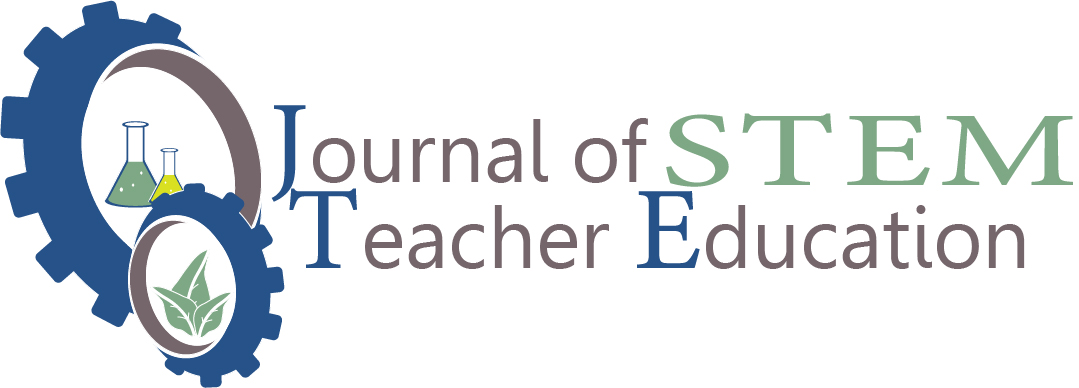
Abstract
The efforts to integrate science, technology, engineering, and mathematics (STEM) in K-12 education have been increasing to help student learning and enhance 21st-century skills. The integrated STEM approach not only has pedagogical effects but also helps students prepare for STEM-related careers (ITEEA, 2020; NRC, 2012). Integrated STEM education is grounded in authentic, situated, and contextual learning, where Community of Practice plays a critical role. However, although educators and researchers have advocated Community of Practice as an important concept for learning, empirical research on Community of Practice within the integrated STEM context is limited. Additionally, how integrated STEM Communities of Practice are unique or not compared to other Communities of Practice and how these integrated STEM Communities of Practice function in the integrated STEM context have not specifically been researched yet. Therefore, the authors reviewed empirical studies focusing on Community of Practice in the integrated STEM context to identify the unique features of integrated STEM Community of Practice and its impacts on integrated STEM education. The results show the cross-disciplinary and interdisciplinary nature of the integrated STEM Community of Practice and suggest that building partnerships within and across Communities of Practice is critical in integrated STEM education. This review will help teachers and educators, especially of secondary education, understand the integrated STEM Community of Practice and guide them to establish Communities of Practice with experts and community partners to advance teachers’ knowledge and skills and self-efficacies in teaching integrated STEM.
Recommended Citation
Han, Jung; Kelley, Todd R.; Mentzer, Nathan; and Knowles, J. Geoff
(2021)
"Community of Practice in Integrated STEM Education: A Systematic Literature Review,"
Journal of STEM Teacher Education: Vol. 56:
Iss.
2, Article 5.
DOI: https://doi.org/10.30707/JSTE56.2.1649165366.289356
Available at:
https://ir.library.illinoisstate.edu/jste/vol56/iss2/5

